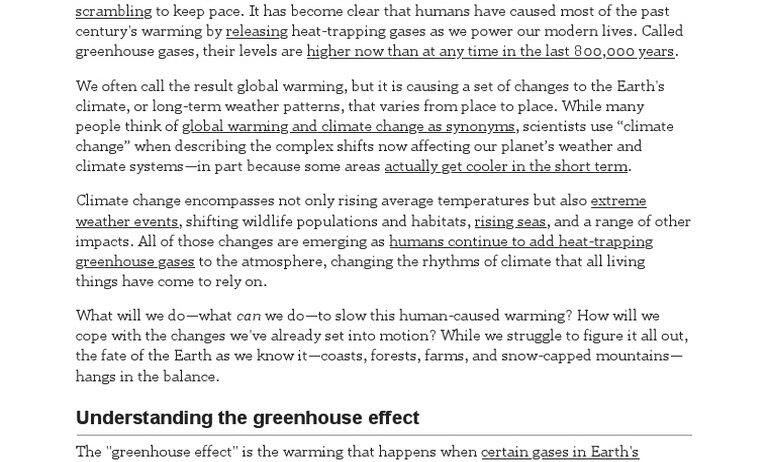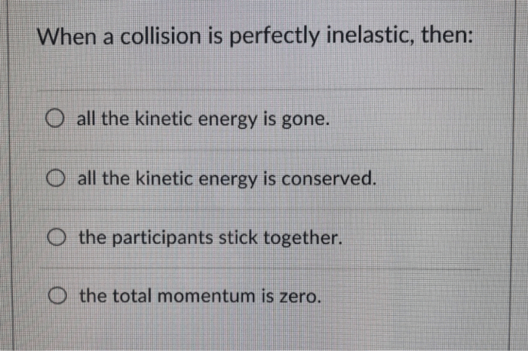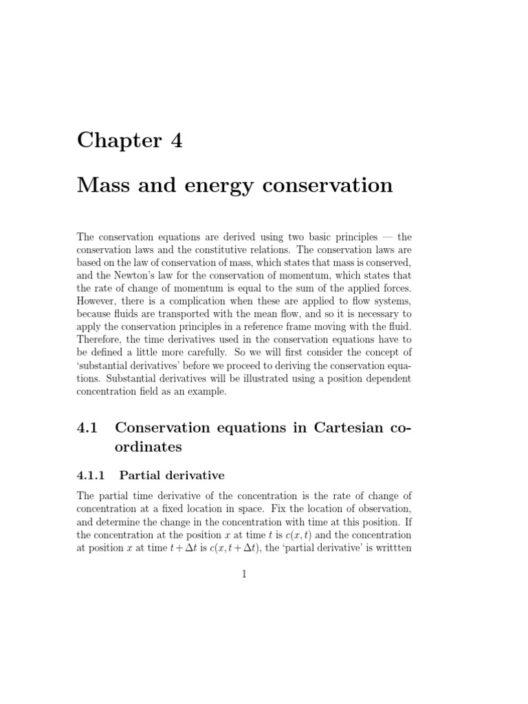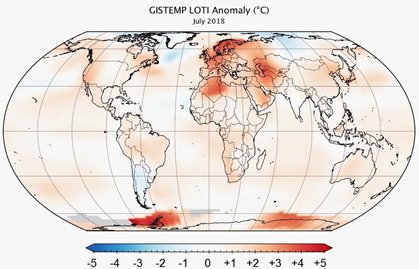Global warming has dominated discussions about climate change, evoking a spectrum of reactions ranging from apprehension to skepticism. Perhaps one of the most perplexing aspects of this phenomenon is how it seems to facilitate both extreme heat and chilling cold in disparate regions across the globe. This paradox sparks curiosity and necessitates a deeper understanding of the mechanics behind climate extremes.
To unravel the complexities of global warming and its effects, one must first comprehend the fundamental mechanics of the Earth’s climate system. At its core, the Earth functions as a delicate balance of energy exchange. Solar radiation enters the atmosphere, warming the planet and enabling life. However, this energy, when captured by greenhouse gases, leads to an amplification of heat, disrupting established weather patterns. This disruption manifests in several ways, culminating in extreme climate conditions.
Climate extremes are not merely a byproduct of higher average temperatures; they are indicative of a more erratic and chaotic climate system. For instance, it is essential to note that while the average global temperature is on an upward trajectory, regional climates can exhibit unexpected fluctuations. The increase in temperature does not uniformly translate to consistent warming across all regions. It also brings about the potential for intense cold spells, a counterintuitive result of the warming world.
One of the most significant contributors to this phenomenon is the alteration of jet streams. Jet streams are fast-flowing air currents located high in the atmosphere, acting as a boundary between cold and warm air masses. As global temperatures rise, the behavior of these jet streams changes. They can become wavier or more erratic, sometimes allowing frigid Arctic air to plunge southward, resulting in unseasonably cold temperatures in many areas. This can lead to severe winter storms, even in regions not typically accustomed to such conditions.
Moreover, oceanic processes play a critical role in climate dynamics. The oceans absorb a significant portion of the excess heat generated by greenhouse gas emissions. However, this thermal inertia can give rise to anomalies. For instance, phenomena such as El Niño and La Niña are exacerbated by changes in ocean temperature and can lead to extreme weather events. El Niño often leads to warmer conditions in some areas and intense rainfall elsewhere, whereas La Niña can trigger cooler temperatures and drought in specific regions. These oscillating patterns exemplify the intricacies of climate systems under the influence of a warming planet.
Understanding the relationship between global warming and climate extremes also entails examining the hydrological cycle. A warmer atmosphere holds more moisture, leading to intense rainfall events. This can cause flooding and landslides, while concurrently, regions experiencing drought face exacerbated conditions due to a lack of precipitation. The interaction between these phenomena underscores the interconnected nature of climate systems; what one region experiences as warmth may simultaneously induce cold elsewhere.
The rise of climate change also harbors implications for wildlife and ecosystems. As species adapt or fail to adapt to shifting climates, some become increasingly vulnerable to extinction. Migrations of animals and changes in plant blooming periods become evident, signaling a need for urgent conservation strategies. Consequently, both warmer and colder regions face ecological distress, which could reshape biodiversity as we know it.
The societal impact of climate extremes is also profound. Agriculture, as an essential lifeline for many communities, stands precariously on the edge of these climatic shifts. Extreme weather can devastate crops, disrupt food supply chains, and provoke economic instability. Farmers are grappling with the dual threats of crop failure due to rising temperatures and unpredictable frosts, pushing them towards the brink of uncertainty.
As communities adjust to these realities, the discourse surrounding climate adaptation and resilience has garnered importance. Innovative agricultural practices, such as drought-resistant crop varieties and regenerative farming techniques, emerge as vital strategies to combat extreme weather effects. Likewise, investment in infrastructure resilient to climate extremes becomes increasingly critical to mitigate potential losses and safeguard communities.
Education plays an indispensable role in reshaping perspectives on climate change. When the public understands the nuances of global warming, they can recognize that climate extremes conform to a broader pattern of disruption rather than a simple continuum of warmer or colder weather. Enhanced awareness fosters solidarity and empowers individuals and communities to take action against the pressing challenges posed by climate change.
In conclusion, the relationship between global warming and climate extremes is intricate and multifaceted. It challenges the conventional perception that warming necessarily leads to uniformly warmer conditions. Instead, it reveals a complex interplay involving altered jet streams, oceanic processes, and shifts in precipitation patterns, resulting in both extreme heat and unexpected cold. Understanding these dynamics is crucial for responding effectively to an evolving climate landscape. In confronting these challenges, humanity holds the potential not only to adapt but also to envision a sustainable future marked by resilience and cooperation.








